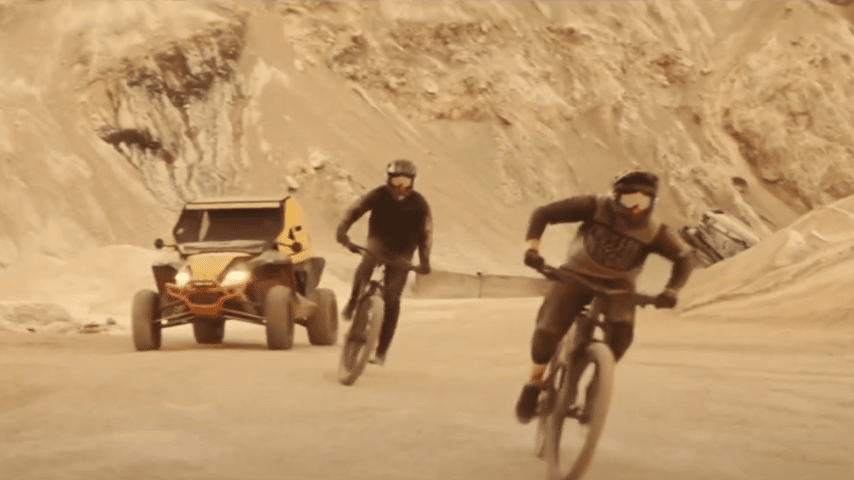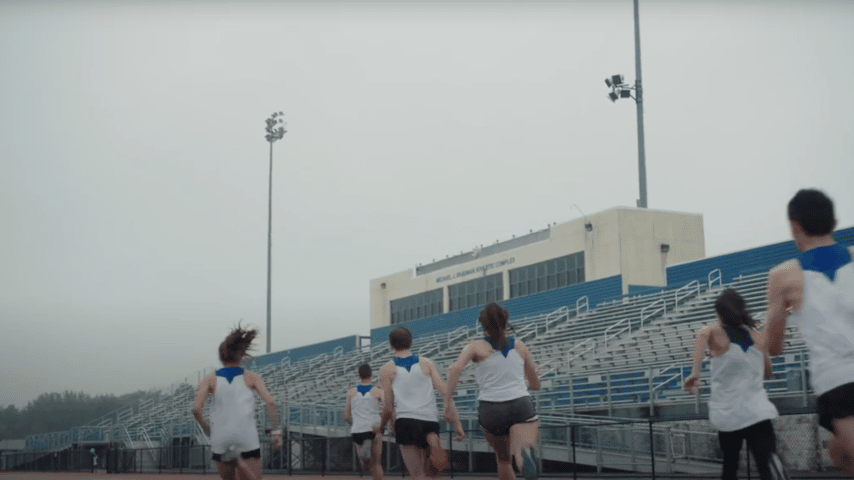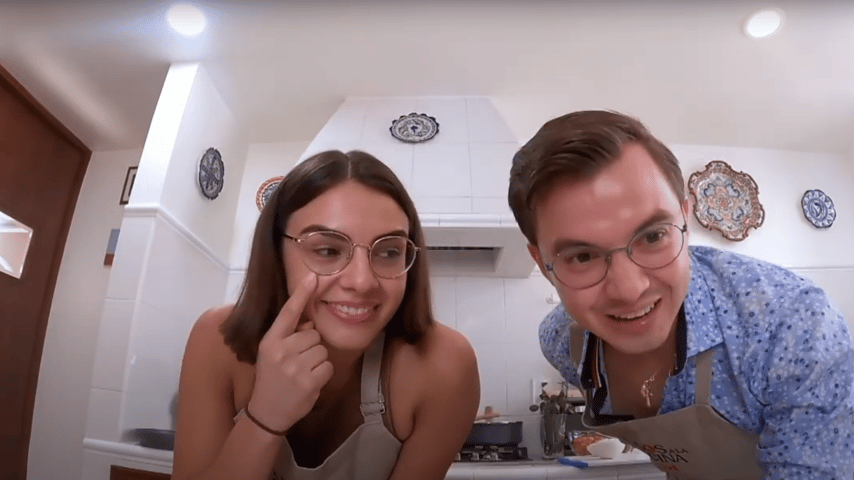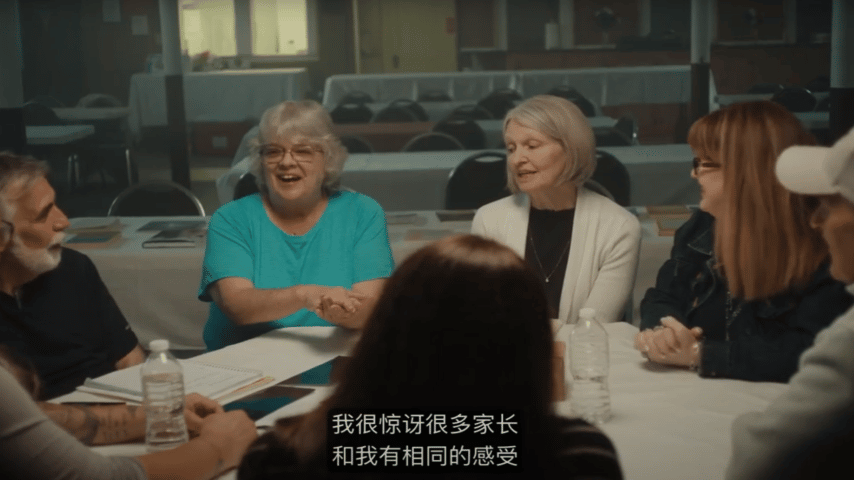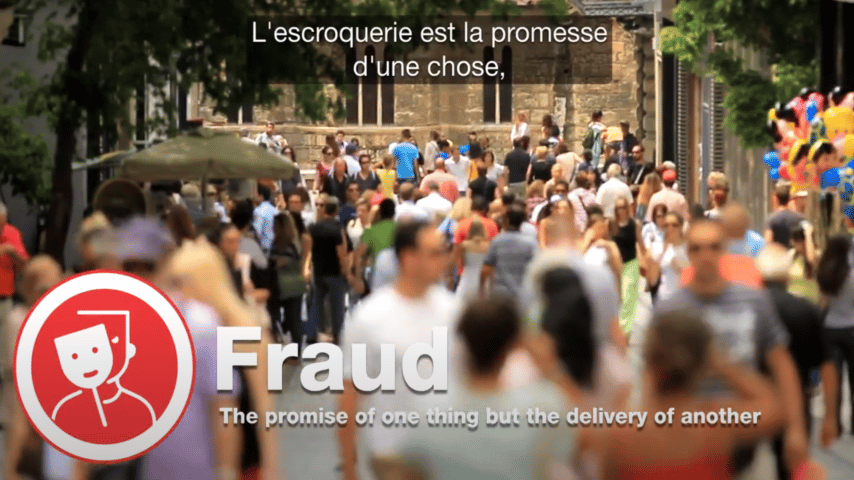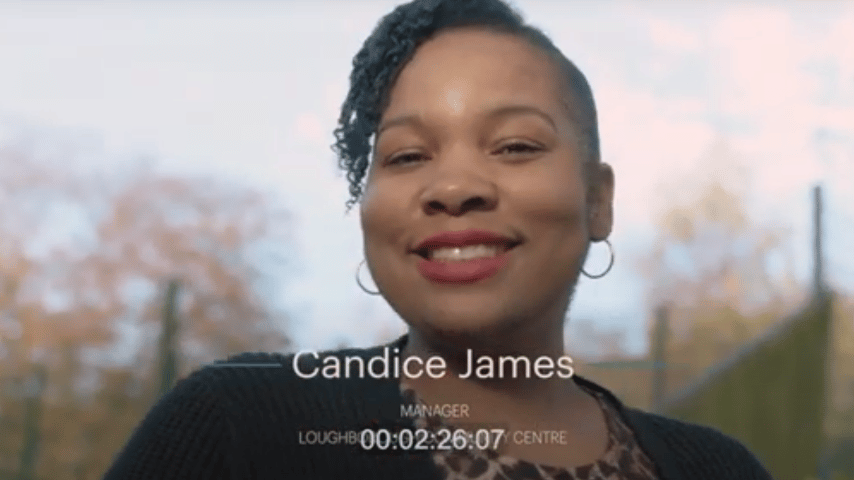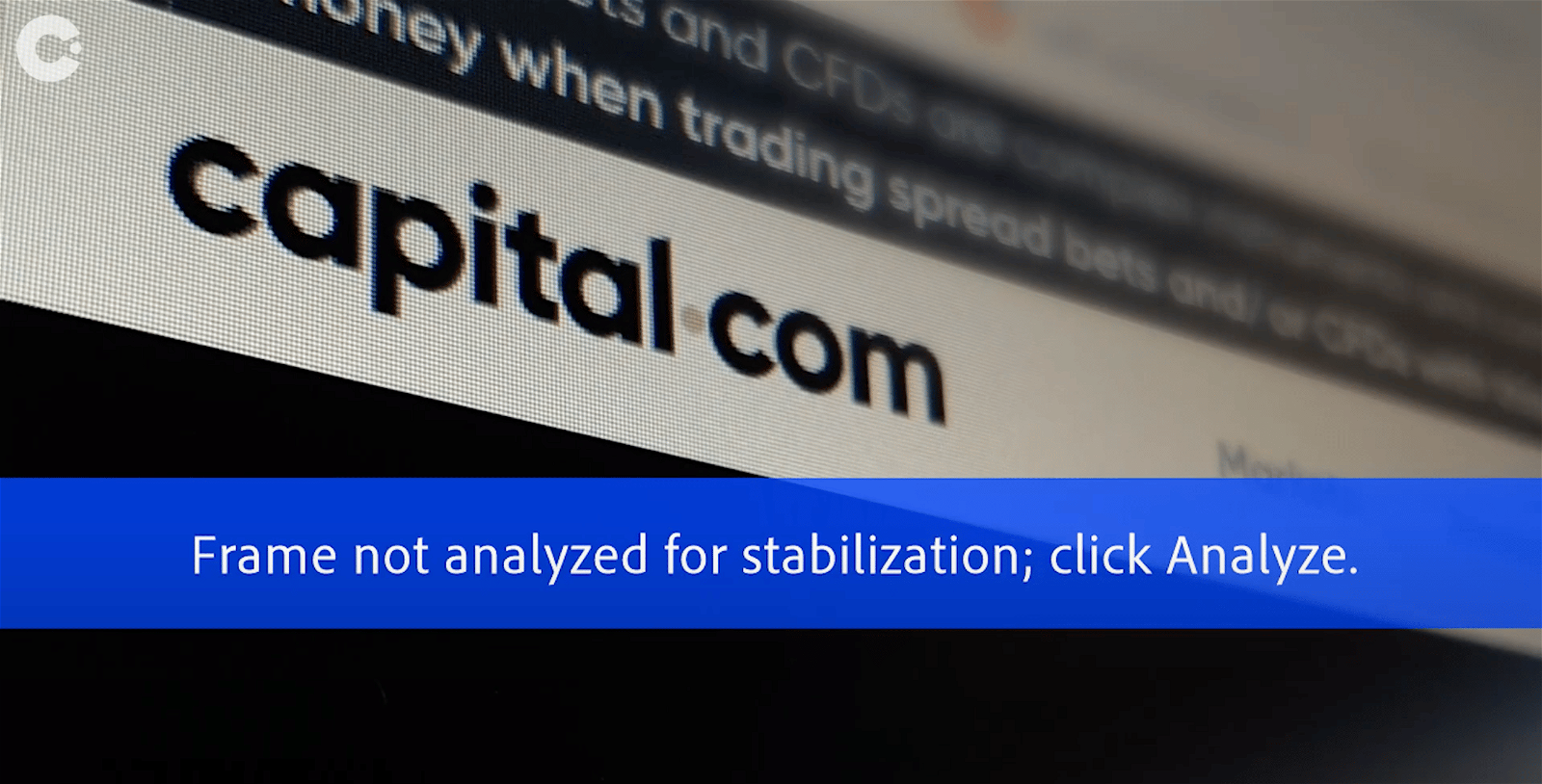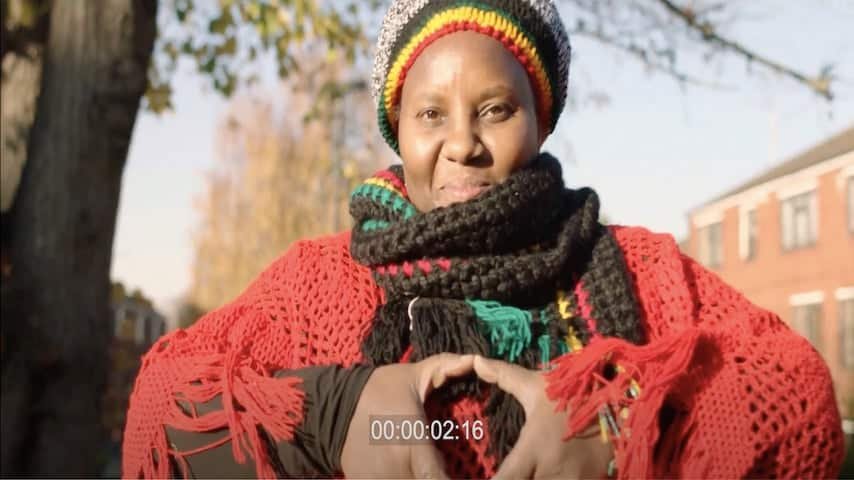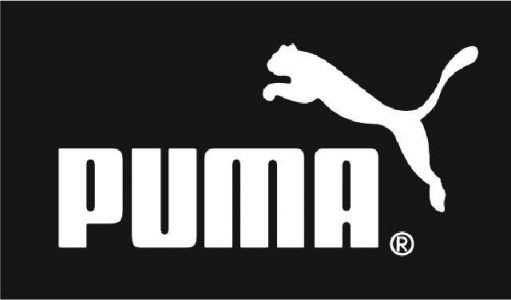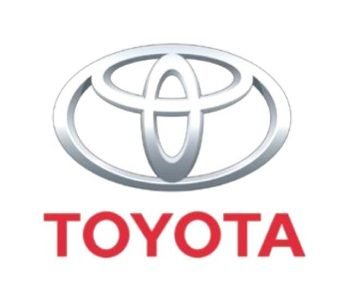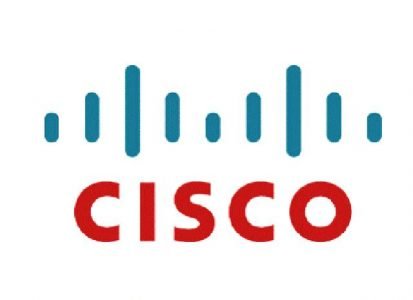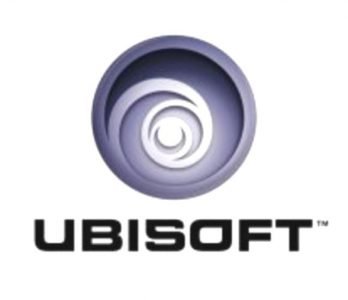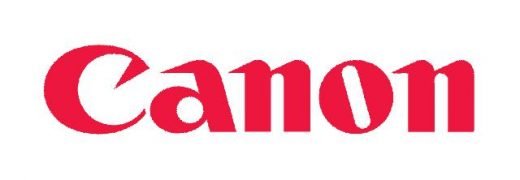Bhojpuri Subtitling Services
Find out why we're the most talked about Bhojpuri subtitling company in the UK
Send your project viral with the help of the UK’s leading Bhojpuri subtitling company.
Add Bhojpuri subtitles to a variety of content, including business presentations, corporate and educational videos, e-learning courses, feature films, promo videos and many more.
Whether you have one video or many, we can help. You’ll get an all-inclusive, cost-effective and hassle-free subtitling solution. We work with a global network of professional subtitlers, but you deal directly with us and can trust us to deliver your project to your specifications.
Our in-house subtitlers and project managers are equipped with industry-standard subtitling software and will thoroughly check all subtitle files before delivery, so you don’t need to worry.
With more than 15 years’ experience in the subtitling field you are in safe hands. Rest assured you’ll receive accurately timed and perfectly translated Bhojpuri subtitles!
Whether you are a corporate client or a translation or production company, we’ll adapt to your needs so that you can add video translation services to your portfolio of services.
We are only a call or email away or, if you prefer, you can visit our get-a-quote page to discuss your subtitling project in detail. You’ll receive spot-on Bhojpuri subtitles to suit your project and needs.
Golocalise are our supplier of choice for all our subtitling and transcription needs. After years of hassle trying to do it all in-house we have found their service to be a revelation in terms of speed, flexibility and costs. Their team is extremely responsive and can always turnaround requests, in any language, within our short deadlines. We can confidently rely on them to provide any deliverables without ever worrying about the accuracy of the subtitling.
Adam Ruddick
Head of Production at Casual Films
The benefits of using GoLocalise as your subtitling service provider
- WOW your clients with first-class English and foreign language subtitles.
- Stringent quality control processes - subtitling templates created and checked in-house, and timed to professional standards.
- Industry leading subtitling software to create subtitles that are perfectly timed to the exact frame and aesthetically positioned around shot changes.
- Experienced native subtitlers able to translate the meaning whilst respecting the style and space constraints specific to subtitling.
- All subtitles are thoroughly quality checked by our experienced project managers before final delivery.
- You will receive ready-to-use videos with translated burnt-in subtitles - open captions - that are ready to be uploaded to your website. You can customise the style and look of the subtitles (font, size, colour, positioning, etc.).
- Subtitles that can be switched on and off in multiple languages - closed captions – ready to be uploaded to YouTube or Vimeo channels, DVD or Blu-Ray.
- On-screen text and captions in your video can be translated and graphically edited, so that you receive a flawless foreign language version.
- Reach a wider audience with SDH subtitles - Subtitles for the Deaf and Hard-of-Hearing.
Learn more about Subtitling Services
Let's get started!
The Subtitling Process In A Nutshell
1. Receipt of the final video
This can generally be in any format, as long as the subtitling provider has the facilities for converting the video into the format supported by their subtitling software. It is always recommended to double check with the provider whether they need to receive the video in a specific format.
2. English Template
Usually undertaken if translation into more than one language is required.
3. Translation
Sending the English template to the linguist for translation.
4. Receipt of translated subtitles
The subtitle file is imported onto the subtitling software in order to perform final quality checks and ensure that subtitles do not exceed reading speeds or run over more than two lines.
5. Quality check
If the results of the quality checks are not satisfactory, the subtitle file will be sent back to the translator and necessary amends will be requested.
6. Final check and send
Sending the English template to the linguist for translation.
7. Client approval
If burning-in is also required, the client needs to approve the translation. If any changes to the translation are requested, these need to be communicated to the subtitler and will be implemented if they do not affect readings speeds, maximum characters per line etc. If they cannot be implemented, this will be communicated to the client and alternatives will be suggested.
8. Burning-in
Once all changes have been implemented and the final version of the translation is ready, the burning-in process (if requested) will take place.
9. It's ready
Your final video is ready, and will be delivered to you via WeTransfer, Hightail, Dropbox, FTP or another file-transfer service of your choice.
Why Choose Us?

You deserve the best! Leave your project to the experts at GoLocalise so that you can relax and be assured of getting top-notch results.
Every single detail will be analysed, studied and looked after so that you do not need to worry. Some would say it’s not too classy to blow our own trumpet… but we just like to point out two very important details.
We have achieved ISO 9001 Quality Management certification in recognition of our consistent performance and high standards, and ISO 14001 Environmental Management because we care about our planet! And if you are still curious and want to know more about us, why not have a look at our studio page.
Let's get started!
Professional Subtitling Formats
Whether you want English subtitles or foreign language subtitles, GoLocalise is the answer!
We can adapt and time your own translation into subtitle format or create foreign language subtitles in any language from scratch, including English subtitles and SDH (Subtitling for the Deaf and Hard-of-Hearing).
You can choose to receive your subtitles in over 40 formats, including: AQT, ASC, ASS, CIP, DAR, DAS, DAT, DKS, FDX, FPC, HTML, JS, JSS, LRC, MPL, MTL, OVR, PAC, PAN, PJS, RT, RTF, S2K, SAMI, SBT, SBV, SCC, SIF, SMI, SON, SRF, SRT, SSA, SST, SSTS, STL, STL, STP, SUB, TTS, TXT, USF, VKT, VSF, VTT, XML and ZEG.
We work with you so that you get the perfect subtitles to suit your needs.
Open captions
Ready-to-use videos with burnt-in subtitles, ready to be uploaded to your website. You can customise the style and look of the subtitles (font, size, colour, positioning, etc.).
Closed captions
Subtitles that can be switched on and off in multiple languages. These can easily be uploaded to your YouTube or Vimeo videos, DVD or Blu-Ray.
Caption & Graphic Editing
When localising and translating videos (whether you choose subtitling or voice over), you’ll find that often there are several elements that need to be localised. These elements can be on-screen graphics, text and/or captions.
Our expert project managers will review the video or project file and advise which elements would be best subtitled or graphically edited. If you do not have the project files, worry not; one of our expert editors will be able to re-create the graphics, captions and titles of your video.
Our expert editors work with a multitude of software: to localise graphics we use Photoshop or Illustrator; and After Effects and Final Cut Pro to create motion graphics and visual effects.
Once all elements are in the video, and the graphic elements have been created and localised, we can then rebuild the video and export it to whichever format and codec you need.
We’ll prepare your video project for any platform, including PAL, NTSC, VOD, the Internet, smartphones, game consoles, mp3 players and tablets.
With our facilities and highly skilled operators, your videos are in safe hands!

Price Match Promise
Challenge Our Prices, Enjoy Our Quality
Bhojpuri
Subtitling Case Study
There is no case study for this voice over, please check again soon.
View More
Subtitling
Case Studies
Learn more about Subtitling Services
Let's get started!
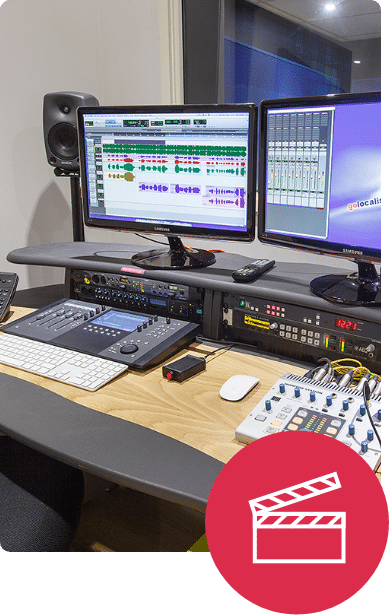
Working alongside translation & production companies
Having a strong audiovisual department on your side makes all the difference!
With GoLocalise you get an experienced and motivated team of professionals that work regularly alongside translation and production companies.
We understand the technical requirements necessary to produce perfect foreign language and English voice overs.
Our project managers will assist you along the way and we’ll break down the process and present it to you without the big words or technical industry jargon, so you don’t need to worry about the technical aspects and can simply concentrate on growing your business.
By working with GoLocalise you’ll be able to offer additional services, i.e., voice over, subtitling and translation to your clients, with a partner who will deliver and on whom you can truly rely.
When working with translation companies we provide easy-to-follow guidelines so that you can provide your own translations for us to “convert” into subtitles, or voice over your translated scripts.
Or if you prefer, we can take the entire project off your hands and keep things simple for you – it’s your call!
We’re equally used to working with production companies, so we can deliver your translations or subtitles in any language and format of your choice – either burning-in the subtitles onto the video for you, or supplying you with XML or PNG files for you to do yourself – Adobe After Effects and Final Cut Pro ready files.
Reach your target market
Don’t leave your important communication to chance. Make sure your message is clearly understood by your audience and choose GoLocalise for your next voice over project.
We have thousands of passionate and professional voice over artists ready to work with you (meet them on the blog).
No matter the type of voice you are looking for, we’ll either have it in our books or find it and source it for you.
We’ll organise a casting and ensure you get the perfect voice to suit your needs.
You will also benefit from having your own dedicated project manager – a single point of contact – to guide you through your project, answer any questions you may have and make things a whole lot easier.
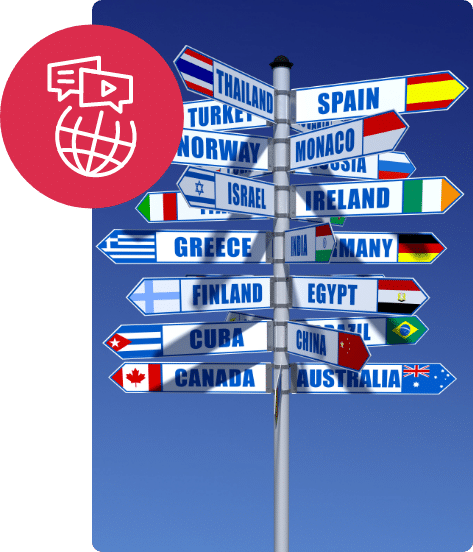

Meet your dedicated project manager
Your project will be in the safe hands of one of our multilingual project managers.
They will guide you through every step and ensure you understand the process. Our industry has a tendency to use lots of technical jargon but your dedicated project manager will be on-hand to untangle the mess and explain all you need to know to ensure you only pay for what you need.
If you need help in choosing the right voice over talent to deliver your message then just ask your project manager.
From booking our voice over recording studios to ensuring you project is delivered on time in your chosen media, relax and let your experienced project manager take care of everything.
You will receive unparalleled attention to detail and customer focus at competitive prices. You’ll wish everything was as easy as a GoLocalise voice over!
Your most discerning customers will thank you for choosing our modern state-of-the-art recording studios.
Every detail has been carefully thought through for your comfort, leaving you to simply focus on what matters most – the voice over session.
Your recordings will sound beautiful and crystal clear thanks to our high-end studio sound-proofing and audio equipment, i.e. ProTools HD and Neumann microphones.
Maximise your budget by reducing the need for retakes with the help of our experienced in-house sound engineers who will professionally capture and edit your audio.
And for those recordings in languages which neither you nor your client speak, we’ll bring a qualified pro to your session to add that essential ingredient. To make you feel right at home, we provide high-speed Wi-Fi Internet and air-con is available.
And last but not least, we have the biggest cookie jar you’ve ever seen, that’ll make your custom brew taste even sweeter!
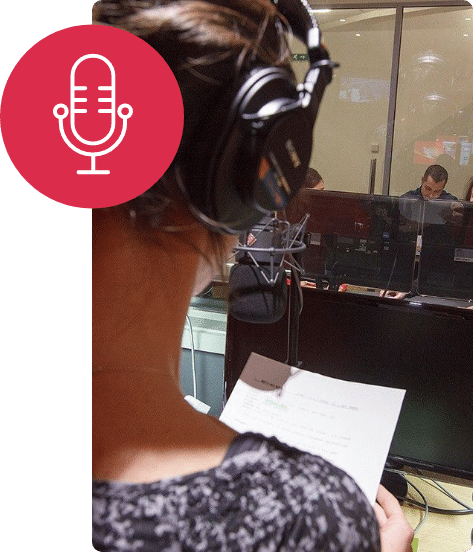
A Brief History Of Bhojpuri
Bhojpuri is an Indo-Aryan language spoken in Bhojpuri region of North India andNepal. It is chiefly spoken in the Purvanchalregion of Uttar Pradesh, in the western part of state of Bihar, and the northwestern part ofJharkhand in India. Bhojpuri is also spoken in Nepal, Pakistan, Bangladesh, Trinidad and Tobago, Guyana, Suriname, Jamaica, The Caribbean, Fiji, Mauritius, and South Africa.It is one of the national languages of Nepal, Guyana, Fiji, Mauritius, and Suriname. The variant of Bhojpuri of the Indo-Surinamese is also referred to as Sarnami Hindustani, Sarnami Hindi or just Sarnami and has experienced considerable Creole and Dutch lexical influence. More Indians in Suriname know Bhojpuri, whereas in Guyana and Trinidad the language is largely forgotten. In Mauritius a dialect of Bhojpuri remains in use, and it is locally called Bojpury.
This region is bounded by the Awadhi-speaking region to the west, Nepal Bhasa andNepali to the north, Magahi- and Maithili-speaking regions to the east, and Magahi- andBagheli-speaking regions to the south.
Bhojpuri was historically written in Kaithiscripts. But after 1894, Devanagari has served as the primary script.
Kaithi script was used for administrative purposes in the Mughal era for writing Bhojpuri, Awadhi, Maithili, Urdu, Magahi and Hindi from at least 16th century up to the first decade of 20th century. Government gazetteers report that Kaithi was used in a few districts of Bihar through the 1960s. Bhojpuri residents of India, who signed up and moved as indentured labor in Africa and the Caribbean colonies of the British Empire in 19th century and early 20th century, used Kaithi as well as Devanagari scripts.
By 1894, official works were carried out in Kaithi and Devanagari in Bihar. At present almost all the Bhojpuri works are done in Devanagari even in the overseas islands where Bhojpuri is spoken. For example, inMauritius, both Kaithi and Devanagari scripts have been in use, since the arrival of Bhojpuri people from India. The Kathi script was considered informal in Mauritius, with the structure of Kaithi similar to Devanagari (spelled Devanagri in Mauritius). In modern Mauritius, Bhojpuri script is Devanagri.
Bhojpuri is, sociolinguistically, one of the seven Hindi languages namely, Haryanvi, Braj, Awadhi, Bhojpuri, Bundeli, Bagheli and Kannauji. Of these seven, Bhojpuri has the most allophonic variations in vowels. Robert Trammell has published the phonology of Bhojpuri.Bhojpuri has six vowel phonemes, and ten vocoids. The higher vowels are relatively tense, while lower vowels are relatively lax. The language 31 consonant phonemes, and 34 contoids (6 bilabial, 4 apico-dental, 5 apico-alveolar, 7 retroflex, 6 alveo-palatal, 5 dorso-velar and 1 glottal).
According to Trammell, the syllable system is peak type. Every syllable has the vowel phoneme as the highest point of sonority. Codas may consist of one, two or three consonants. Vowels occur as simple peaks or as peak nuclei in diphthongs. The intonation system involves four pitch levels and three terminal contours.
Learn more about Subtitling Services
Let's get started!
What our happy customers say
GoLocalise has been Atlas’s sole provider of translation and foreign voiceover services since 2011. Their friendly and efficient team have localised a range of technical and behavioural projects and in a variety of multimedia formats. Atlas considers GoLocalise to be our localisation partner; trusted to consistently deliver on time and to a high standard.
Thomas Kennedy
Designer at Atlas Knowledge
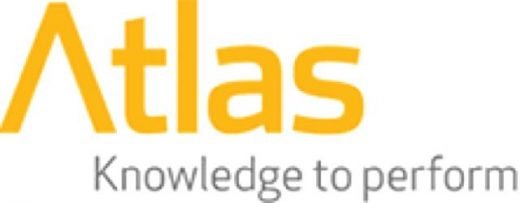
We have used GoLocalise on a regular basis for projects in a number of languages. The service we receive is great. The team is always friendly and professional. The voiceovers we receive are of a very high quality and the turnaround is extremely quick. We are very happy to recommend GoLocalise to other businesses.
Jo Samuel
Animator at Pixel Circus

It was a pleasure to work with David and the team at GoLocalise. David gave me lots of help and advice, guiding me through my first subtitling project. He really knows his stuff! The experience was completely pain-free. I would not hesitate to recommend GoLocalise – outstanding work at a good price.
Kerry Gillies
Director at Synergy Language Services

They’re reliable, adaptive and obsessed with quality. And while you can never be 100% guaranteed of perfection, you can be sure GoLocalise will go the extra mile to get it right every time. Whether that’s hiring extra resources, hopping on multiple calls or even changing their internal processes, they’ll do what it takes. We’ve worked with them now for over to 5 years and we are truly thankful to have such a strong localisation partner for our business.
Lucas Cole
Sales and Marketing Director at Epipheo
Friendly and professional – made everything easy for our whole co-hort of third year acting students to record their voice demos. Thank you for great service!
Philippa Strandberg-Long
Deputy Course Leader - Acting, Italia Conti
Golocalise are our supplier of choice for all our subtitling and transcription needs. After years of hassle trying to do it all in-house we have found their service to be a revelation in terms of speed, flexibility and costs. Their team is extremely responsive and can always turnaround requests, in any language, within our short deadlines. We can confidently rely on them to provide any deliverables without ever worrying about the accuracy of the subtitling.
Adam Ruddick
Head of Production at Casual Films
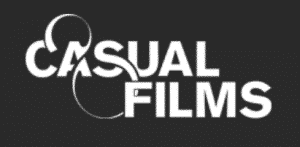
The Complete Solution To Adapt Your Content
Looking to get your entire project under one roof? Look no further, we can help you make life easier for you!

- Neumann Microphones
- On-hand Sound Engineers
- Talented Voice Over Actors
- State-of-the-art Recording Studios

- Tailored to Your Business
- Laser-Focused Project Managers
- Global Network of 600+ Languages
- Stringent Quality Control Processes

- Professional Subtitlers
- Open/Closed Captions & Web
- Industry-Standard Software
- Subtitle Burn-in & Graphic Editing

- Improve accessibility
- Reach a wider audience
- Increased SEO and video views
- Maximise your video's engagement
